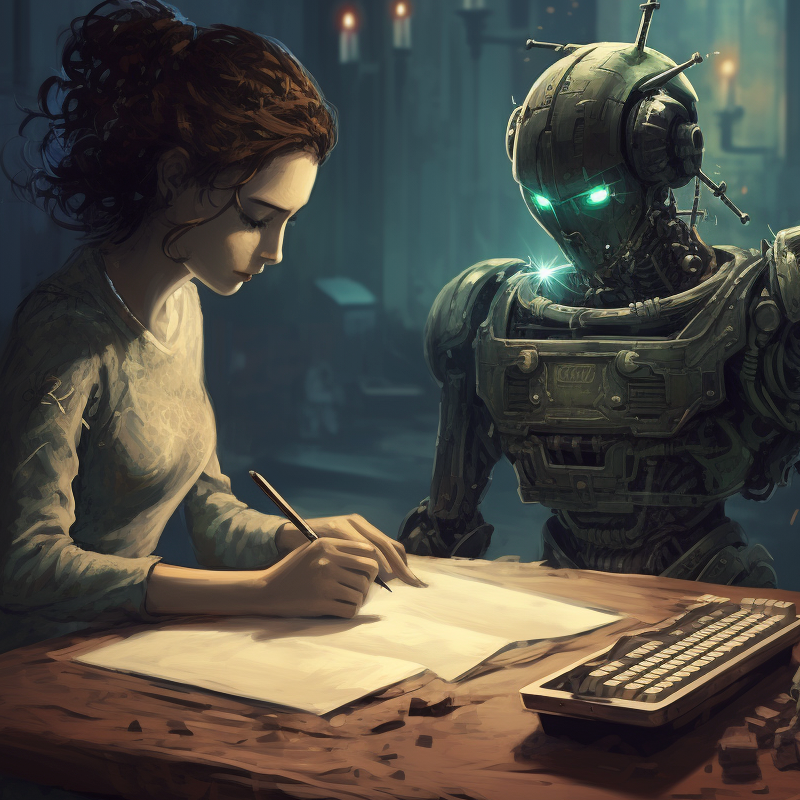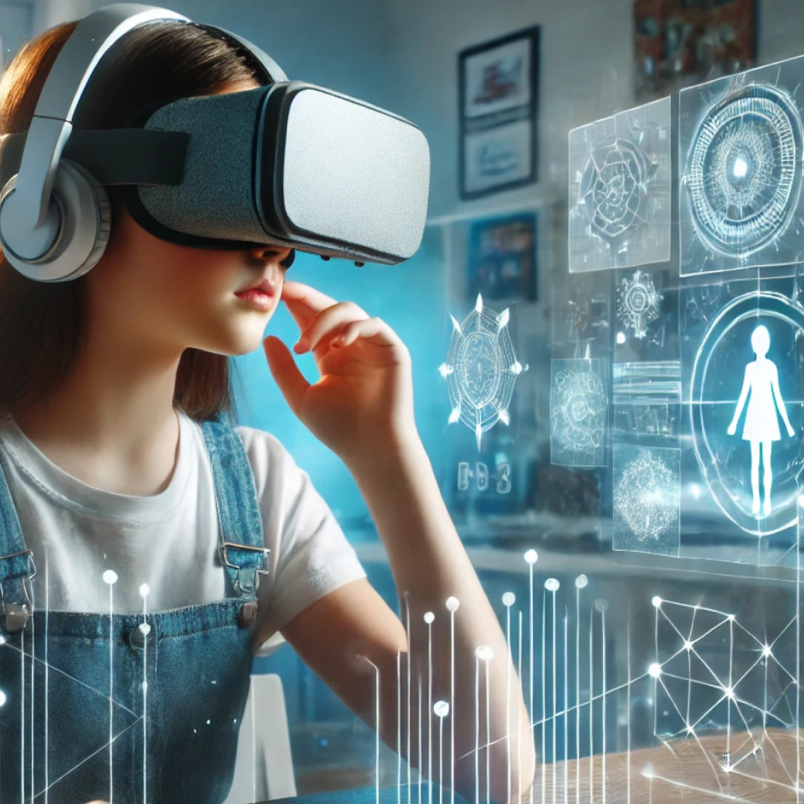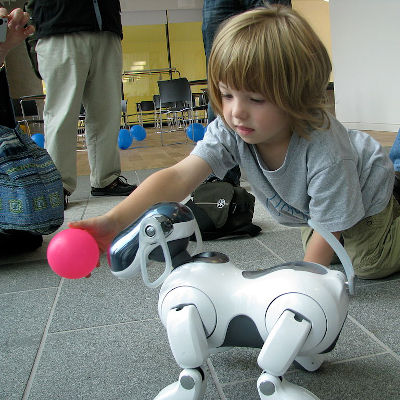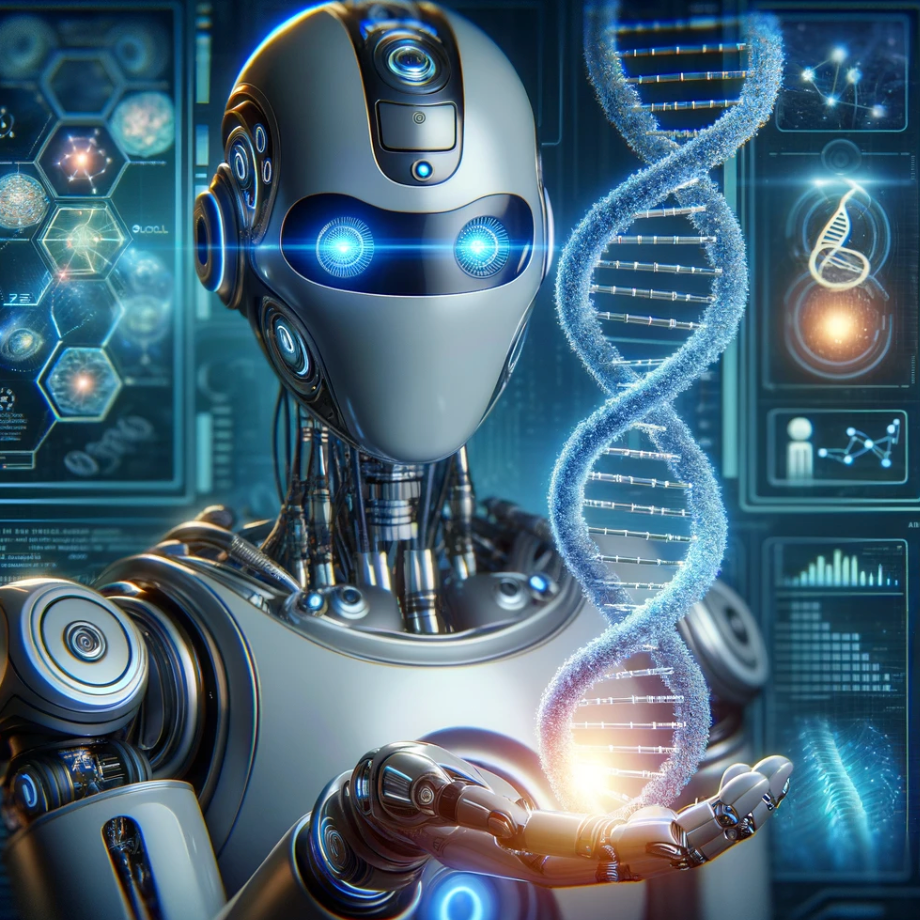New kinds of 'digital human' chatbots are helping communicate more effectively
In our current AI chat frenzy, we may have overlooked another kind of chatbot that has been quietly emerging: “digital humans.”
These are images on phones, computers and other screens that mimic people. They function in roles like sales assistants, corporate trainers, and social-media influencers, like “Lil Miquela,” an online influencer with nearly 3 million Instagram followers who books herself as a “19-year-old Robot living in LA.“
AI with a human face
Thanks to rapid progress in computer graphics and AI, human faces are now being added to chatbots and other computer-based interfaces for customers, employees, and others.
Alan Dennis, professor of information systems and the John T. Chambers Chair of Internet Systems at the Indiana University Kelley School of Business, has been observing this emerging trend for seven years with colleagues at the University of Sydney and Iowa State University.
In a Feb. 14 Harvard Business Review article, “AI with a Human Face: The case for — and against — digital employees,” Dennis and associates explain how different types of digital humans interact with us in various ways, and when they are most appropriate.
“Digital humans can be a much better choice when it comes to communicating complex instructions or describing features of a product. This is why YouTube instruction videos — rather than pages of text — are so successful,” they note.
Types of digital humans
The researchers identify four types of digital humans:
Virtual agents, whose role is to complete specific, one-time tasks, such as providing instructions to travelers at international airports.
Virtual influencers, who “supply their human followers with experiences” but are not “personalized,” like those employed by the fashion industry.
Virtual assistants, who help users in completing specific tasks, often developing personal relationships with users, which enables them to function as rehabilitation therapists, personal assistants, and coaches, for example.
Virtual companions, who enable older people to stay in their homes longer, which is known to be better for their physical and mental health. They are also much cheaper than assisted living or nursing homes. “Similar opportunities exist in education. Children are more engaged when they watch other children. Thus, a child-aged digital human could, at times, be a more effective teacher than a human adult teacher.”
Reality check
To further explore these ideas, I spoke with professor Dennis. One question: “How real could or should these images be?”
Dennis said he was concerned about the “uncanny valley” effect and pointed to Soul Machines, an autonomous animation software company that has deployed about 50 digital humans in organizations around the world.
“In a study, about a third of our students found their productions to be in the uncanny valley,” he said. “Some also said they don’t want to talk, they want to type, while others don’t like listening, because people talk so slow … we turn the speed up on videos to 1.5 or 2.”
Smart chatbot faces … and some issues
“Anywhere there’s a chatbot, we could put a digital face on it, and drop it onto your phone, and suddenly, we have an AI agent that looks and sounds like a real human,” Dennis said.
Other possible uses of digital faces he mentioned include customer support and apps like Siri, Alexa and Google Voice. “And we could drop a face into a Zoom chat, where It becomes “another” team member [assuming we can fix ‘Zoom face‘].”
Adding ChatGPT or other language models
“Now imagine combining that with ChatGPT, and it could function as an entry-level employee. People who collaborate with AI will go far. In the future, we’ll be talking about partnering with AI (not just using it), because technology is becoming more and more like a human,” said Dennis.
“Wherever you use a chatbot, we will be able to see a human face, and hopefully, you’ll be able to customize it so you get the look and feel that you want,” said Dennis.
However, “when a digital human can look like any person, there will be avatars to look like famous people, and of course, imposter issues,” he notes.
Let us know your thoughts! Sign up for a Mindplex account now, join our Telegram, or follow us on Twitter.


.png)

.png)


.png)







3 Comments
3 thoughts on “Digital humans and AI chatbots”
This is an exciting but complex future. Partnering with AI as “digital humans” could totally change how we collaborate.
🟨 😴 😡 ❌ 🤮 💩
🟨 😴 😡 ❌ 🤮 💩
🟨 😴 😡 ❌ 🤮 💩